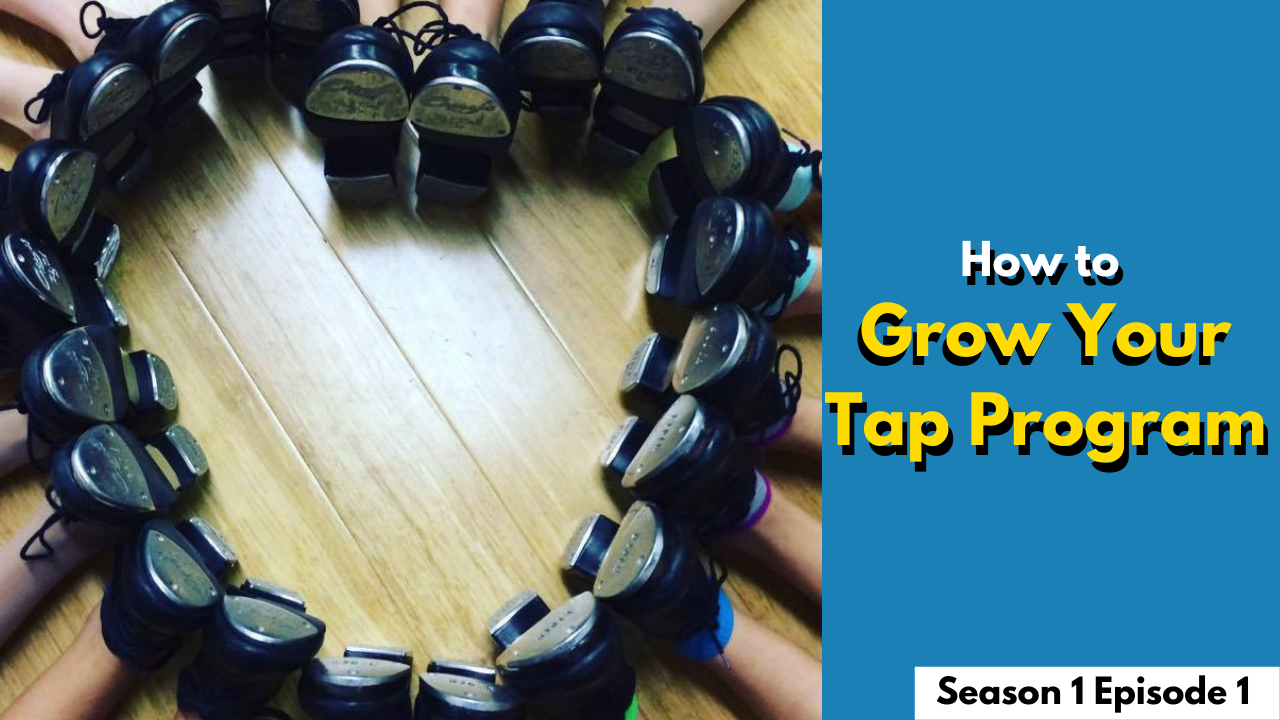Matt at Dancing Fair Talks Tap Shoes (Part 2)

Published on April 17th 2019 by Hillary-Marie
Before listening to Part 2, click here to check out Part 1 of this interview with the tap shoe man himself, Matt Schroepfer, from Dancing Fair in Minneapolis, MN.
HM: We know tap dancers love to customize the colors of their tap shoes. Can you talk about the differences in leathers that you use for tap shoes?
MS: For the K360, we use a Kidskin Leather (baby goat), which comes in a variety of colors and comes in small pieces, unlike Cow Hide, which comes in a gigantic piece of hide. Not everyone is going to want the more obscure colors, so having the ability to purchase smaller portions of specific colors of leather is a great option. Kidskin Leather is very thin, comes in many colors, is very strong for its thickness. Cowhide is a much stronger leather because it is so thick (similar to most Miller & Ben’s). If you want a custom shoe, you will get into different types of leather like Goat, Sheep or Mestizo (a cross-breed of a goat and a sheep), which gives you the softness of the sheep and the strength of the goat in one beautiful hide. For suede leathers, we can use kid suede or cow suede.
I offer a limited number of colors for my GS1. Most of my leathers I have in kidskin because it is easier to get in a variety of colors, but I do offer some in cow because I like the strength of the leather. We line our shoes with leather as well, rather than a synthetic moisture wicking material similar to the JSam shoe, because leather breathes, is soft against the foot, when bonded to the upper leather, it adds strength. The K360 has the printed paisley leather (but the printing takes away some of the breathability). I use a soft, supple calfskin leather as a liner that feels great against the skin and has great moldability. In the counter pocket (back heel area of the shoe), I use a heavy weight sueded cow leather. The counter takes a lot of beating from movement, so I like to use the sueded leather that is softer against the skin and molds really well.
HM: What about the different types of taps?
MS: Everyone has their favorite: the Capezio Teletone Taps, my SuperSonic Tap, my SuperTap (which fits some of the larger sizes of men’s shoes). Taps are usually aluminum based and have a similar makeup, though they are made in different countries. Mine are made in Brazil and I am experimenting with some made in Mexico. There are clogging taps called Stevens Stompers, which are steel taps that are punched out and 2 pieces are riveted together to create a dual action tap that claps one on top of the other. These wear really well. Our aluminum taps wear down very quickly and need to be replaced.
I have also worked with plastic, wood, leather and other types of leathers as taps. I made 2 sets of magnesium taps, one for Reggio McLaughlin and one for Professor Robert Reed. The problem with the magnesium was the cost (each set cost me over $200). They had a great sound and were very light weight!
If you ever come to Minneapolis, come visit Dancing Fair and see my tap collection!
Ryan Lohoff has the ProTone Taps, which is a sheet stamped sheet of aluminum that’s milled out, they are not casted taps. These take a large sheet of aluminum and mill it out with a CNC machine and anodize coat it which creates the black color. These taps are very flat, unlike a casted tap which allows us to create a curvature to the tap.
HM: How long does it take to build a custom tap shoe?
MS: The secret is going to be out of the bag! If we have all of the materials in front of us, we have the shoe last and we’re ready to go. If we just concentrate on that one single shoe, we can have it built in a couple of days. The problem is, we have to have all of the components. We need to wait for the tannery to have the specific leather in the color ordered. Once we get all the components, we have a backlog of orders. You will have to wait because you are put into the line of orders. Sometimes there is machinery breakdown or workers absences, which also factor into the turnaround time. People do not realize how many components go into making one tap shoe. My children’s tap shoe that I have made in China has 45 components that come from 45 different vendors. It takes 60 people from start to finish to put the shoe together to put it in the box, which then goes into a container to ship back to the United States, and the expected purchase price is $25-30. Creating a shoe is so complex and there are so many steps with so many hands involved from start to finish.
HM: There you have it! You undoubtedly get what you pay for. Shoe crafting is an amazing artform. There are so many hands that touch that shoe before they touch your feet, and that is really beautiful to remember. This instrument that you use has been handcrafted for us. If you are lucky enough to have a pair of shoes created by Matt and his team at Dancing Fair, then you have something created with love, knowledge and respect for the dance.
To connect with Matt, visit:
Call 651-631-1415 Preferred Contact Method
Email: [email protected]

